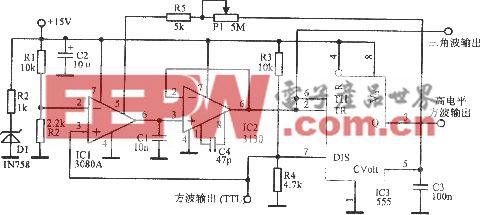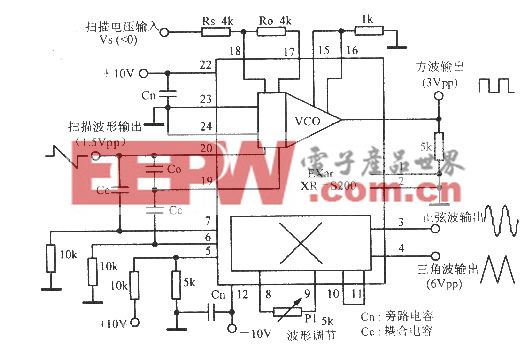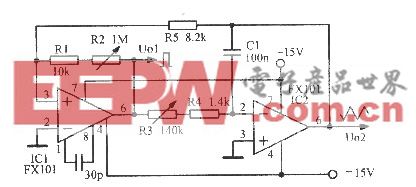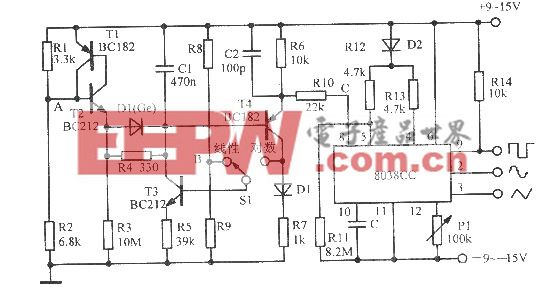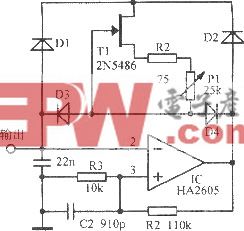树莓派SPI
https://www.raspberrypi.org/documentation/hardware/raspberrypi/spi/README.md
SPI
Page Contents
Overview
The Raspberry Pi is equipped with one SPI bus that has 2 chip selects.
The SPI master driver is disabled by default on Raspbian. To enable it, use raspi-config, or ensure the line dtparam=spi=on isn't commented out in /boot/config.txt, and reboot. If the SPI driver was loaded, you should see the device /dev/spidev0.0.
The SPI bus is available on the P1 Header:
MOSI P1-19 MISO P1-21 SCLK P1-23 P1-24 CE0 GND P1-25 P1-26 CE1
Software
WiringPi
WiringPi includes a library which can make it easier to use the Raspberry Pi's on-board SPI interface. Accesses the hardware registers directly.
bcm2835 library
This is a C library for Raspberry Pi (RPi). It provides access to GPIO and other IO functions on the Broadcom BCM 2835 chip. Accesses the hardware registers directly.
http://www.airspayce.com/mikem/bcm2835/
Use spidev from C
There's a loopback test program in the Linux documentation that can be used as a starting point. See the Troubleshooting section. Uses the Linux spidev driver to access the bus.
Shell
# Write binary 1, 2 and 3 echo -ne "\x01\x02\x03" > /dev/spidev0.0
Hardware
The BCM2835 on the Raspberry Pi has 3 SPI Controllers. Only the SPI0 controller is available on the header. Chapter 10 in the BCM2835 ARM Peripherals datasheet describes this controller.
Master modes
Signal name abbreviations
SCLK - Serial CLocK CE - Chip Enable (often called Chip Select) MOSI - Master Out Slave In MISO - Master In Slave Out MOMI - Master Out Master In
Standard mode
In Standard SPI master mode the peripheral implements the standard 3 wire serial protocol (SCLK, MOSI and MISO).
Bidirectional mode
In bidirectional SPI master mode the same SPI standard is implemented, except that a single wire is used for data (MOMI) instead of the two used in standard mode (MISO and MOSI). In this mode, the MOSI pin serves as MOMI pin.
LoSSI mode (Low Speed Serial Interface)
The LoSSI standard allows issuing of commands to peripherals (LCD) and to transfer data to and from them. LoSSI commands and parameters are 8 bits long, but an extra bit is used to indicate whether the byte is a command or parameter/data. This extra bit is set high for a data and low for a command. The resulting 9-bit value is serialized to the output. LoSSI is commonly used with MIPI DBI type C compatible LCD controllers.
Note:
Some commands trigger an automatic read by the SPI controller, so this mode can't be used as a multipurpose 9-bit SPI.
Transfer modes
Polled
Interrupt
DMA
Speed
The CDIV (Clock Divider) field of the CLK register sets the SPI clock speed:
SCLK = Core Clock / CDIV If CDIV is set to 0, the divisor is 65536. The divisor must be a power of 2. Odd numbers rounded down. The maximum SPI clock rate is of the APB clock.
Errata: "must be a power of 2" probably should be "must be a multiple of 2"
See the Linux driver section for more info.
Chip Select
Setup and Hold times related to the automatic assertion and de-assertion of the CS lines when operating in DMA mode are as follows:
The CS line will be asserted at least 3 core clock cycles before the msb of the first byte of the transfer.
The CS line will be de-asserted no earlier than 1 core clock cycle after the trailing edge of the final clock pulse.
Linux driver
The default Linux driver is spi-bcm2708.
The following information was valid 2014-07-05.
Speed
The driver supports the following speeds:
cdiv speed 2 125.0 MHz 4 62.5 MHz 8 31.2 MHz 16 15.6 MHz 32 7.8 MHz 64 3.9 MHz 128 1953 kHz 256 976 kHz 512 488 kHz 1024 244 kHz 2048 122 kHz 4096 61 kHz 8192 30.5 kHz 16384 15.2 kHz 32768 7629 Hz
When asking for say 24 MHz, the actual speed will be 15.6 MHz.
Forum post: SPI has more speeds
Supported Mode bits
SPI_CPOL - Clock polarity SPI_CPHA - Clock phase SPI_CS_HIGH - Chip Select active high SPI_NO_CS - 1 device per bus, no Chip Select SPI_3WIRE - Bidirectional mode, data in and out pin shared
Bidirectional or "3-wire" mode is supported by the spi-bcm2835 kernel module. Please note that in this mode, either the tx or rx field of the spi_transfer struct must be a NULL pointer, since only half-duplex communication is possible. Otherwise, the transfer will fail. The spidev_test.c source code does not consider this correctly, and therefore does not work at all in 3-wire mode.
Supported bits per word
8 - Normal
9 - This is supported using LoSSI mode.
Transfer modes
Only interrupt mode is supported.
Deprecated warning
The following appears in the kernel log:
bcm2708_spi bcm2708_spi.0: master is unqueued, this is deprecated
SPI driver latency
This thread discusses latency problems.
DMA capable driver
This is a fork of spi-bcm2708 which enables DMA support for SPI client drivers that support DMA.
https://github.com/notro/spi-bcm2708 (wiki)
Troubleshooting
Loopback test
This can be used to test SPI send and receive. Put a wire between MOSI and MISO. It does not test CE0 and CE1.
wget https://raw.githubusercontent.com/raspberrypi/linux/rpi-3.10.y/Documentation/spi/spidev_test.c gcc -o spidev_test spidev_test.c./spidev_test -D /dev/spidev0.0 spi mode: 0 bits per word: 8 max speed: 500000 Hz (500 KHz) FF FF FF FF FF FF 40 00 00 00 00 95 FF FF FF FF FF FF FF FF FF FF FF FF FF FF FF FF FF FF DE AD BE EF BA AD F0 0D
*博客内容为网友个人发布,仅代表博主个人观点,如有侵权请联系工作人员删除。




